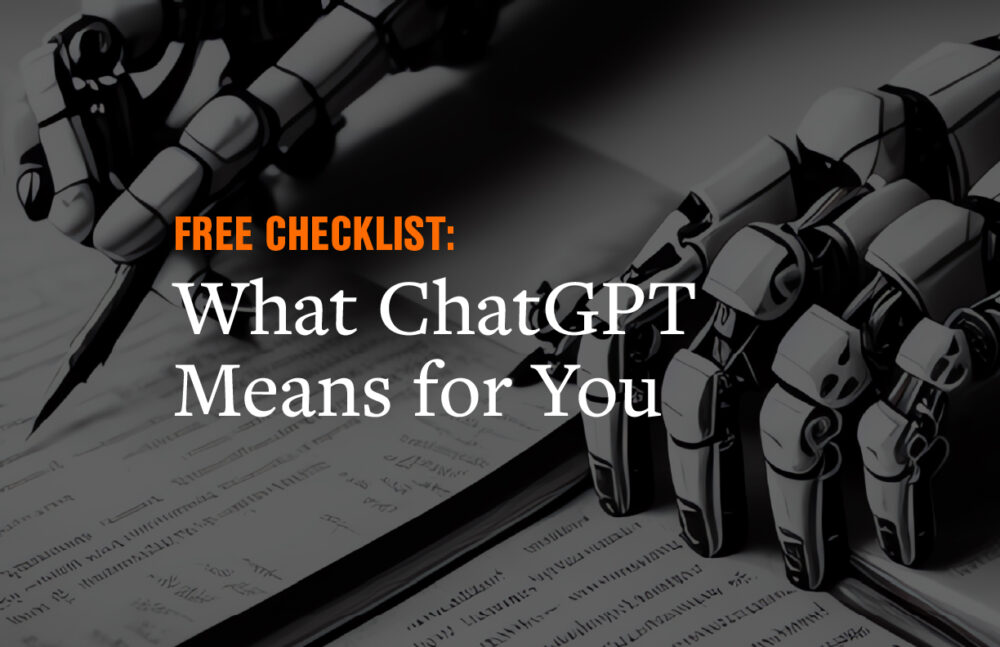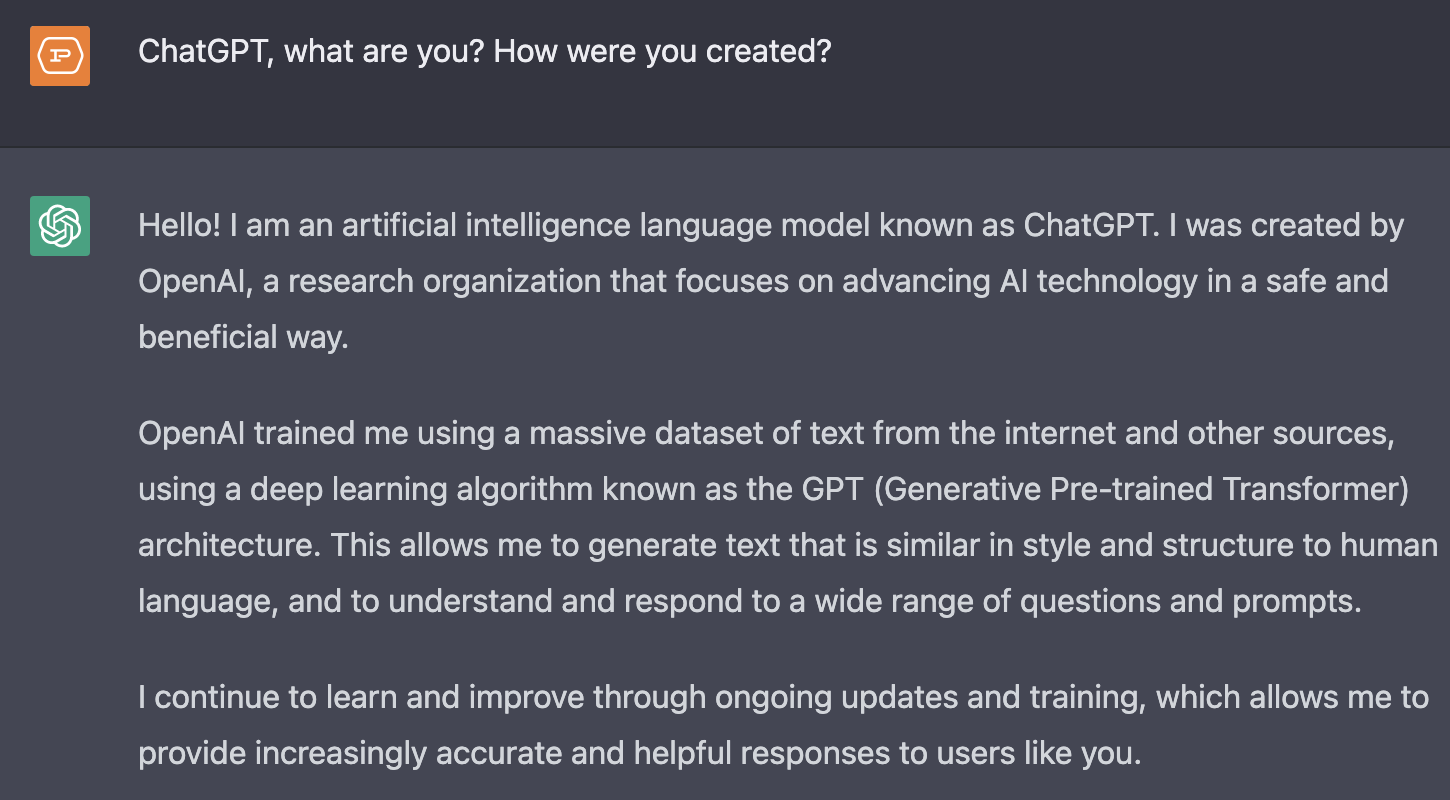
Unless you’ve been living under a wi-fi-less rock for the past six months, you’ve definitely heard about ChatGPT. The AI chatbot has hundreds of functions – and there are about as many opinions on it, too. The takes have been coming fast and furious: It’s scary! It’s going to replace human workers and take our jobs! It’s making us lazy! It’s a labor panacea! It’s going to replace Google!
No matter what the angle, one thing is certain: ChatGPT, and other AI interfaces like it, represents a significant leap in technology, and it will almost certainly have ramifications for the future of marketing and labor in general. The question remains, however: Just how will it change business as usual in the home improvement sphere?
What Is ChatGPT?
Before we go any further, we need to define our terms. We’ve all heard of ChatGPT, but what is it? How does it work?
Being the investigators that we are, we decided to ask the #1 ChatGPT expert: ChatGPT itself.

Using this deep learning algorithm, ChatGPT is able to generate human-like text responses to prompts that some are calling scarily accurate. Need it to write a product description or social post for you? It doesn’t even break a digital sweat. Coding? Form emails? Headlines? Done in less than 15 seconds.
ChatGPT’s release in late November of 2022 took the world by storm. By the following month, it had a million users. Its current iteration, GPT-4, currently enjoys over 13 million daily visitors. Microsoft has said that it will be adding AI to its suite of software to assist users. What followed was a sort of AI gold rush: Google recently revealed its own competitor, Bard, and several competitors have made their debut, too.
Scared? Don’t Be.
As is the case for any new, groundbreaking technology, there have been plenty of dire predictions regarding ChatGPT’s use. A report from Goldman Sachs, for instance, predicted that AI could replace as many as 300 million jobs, mainly in administrative and legal professions. Because it can perform human-assigned tasks in a fraction of the time, it’s predicted that wages could take a dip across the board. And as these AIs are constantly learning, they are constantly improving.
Contrary to popular belief, however, the AI engines currently available have a long way to go before they become the monsters that people make them out to be. For however advanced its abilities may be, ChatGPT’s own internal landing page still acknowledges its shortcomings: It can give biased, harmful or incorrect information. If you’ve had a brush with Bing’s “unhinged” chatbot, you’re well aware of that. It was also trained on text written before September 2021, so it can’t write with any awareness of current events. It’s only as good as its connectivity, too – although there is a paid Pro version with unlimited access to the bot, the unpaid version still becomes overwhelmed by requests and goes offline regularly. If you rely on ChatGPT, you may find yourself dealing with serious downtime.
However, there are those who have lauded ChatGPT as a labor-saving tool that can take care of small tasks to let its human counterparts save time and devote brainpower to more pressing matters. If you’ve ever been stuck doing pointless or repetitive tasks, ChatGPT might just come up clutch. As a silver lining, Google announced that it would penalize any websites that use AI-generated text. Though that wasn’t enough to stop BuzzFeed, home improvement creatives can take some comfort in the fact that human-written copy will take precedence over AI-generated text.
So, What Does ChatGPT Mean for the Future of Home Improvement?
We can’t be sure of all the effects that ChatGPT will have on the home improvement marketing sphere. But overall, here’s our verdict: You’d be a fool not to use AI to help you in your work, but you’d also be a fool if you relied upon it totally. It certainly can save workers time and effort, and it can be a liberating tool for a variety of applications in the home improvement marketing space. Just don’t expect it to do all of your work for you, though. You’ll still need to make sure that your ChatGPT-written text is grammatically and factually correct.
As ChatGPT becomes a tool in agencies’ toolboxes, finding the recommended uses and best practices for AI will come with time and use. If you’d like to learn more about Porchlight’s recommendations for the dos and don’ts of using AI, download our checklist – we’ve got plenty of suggestions, advice and more.